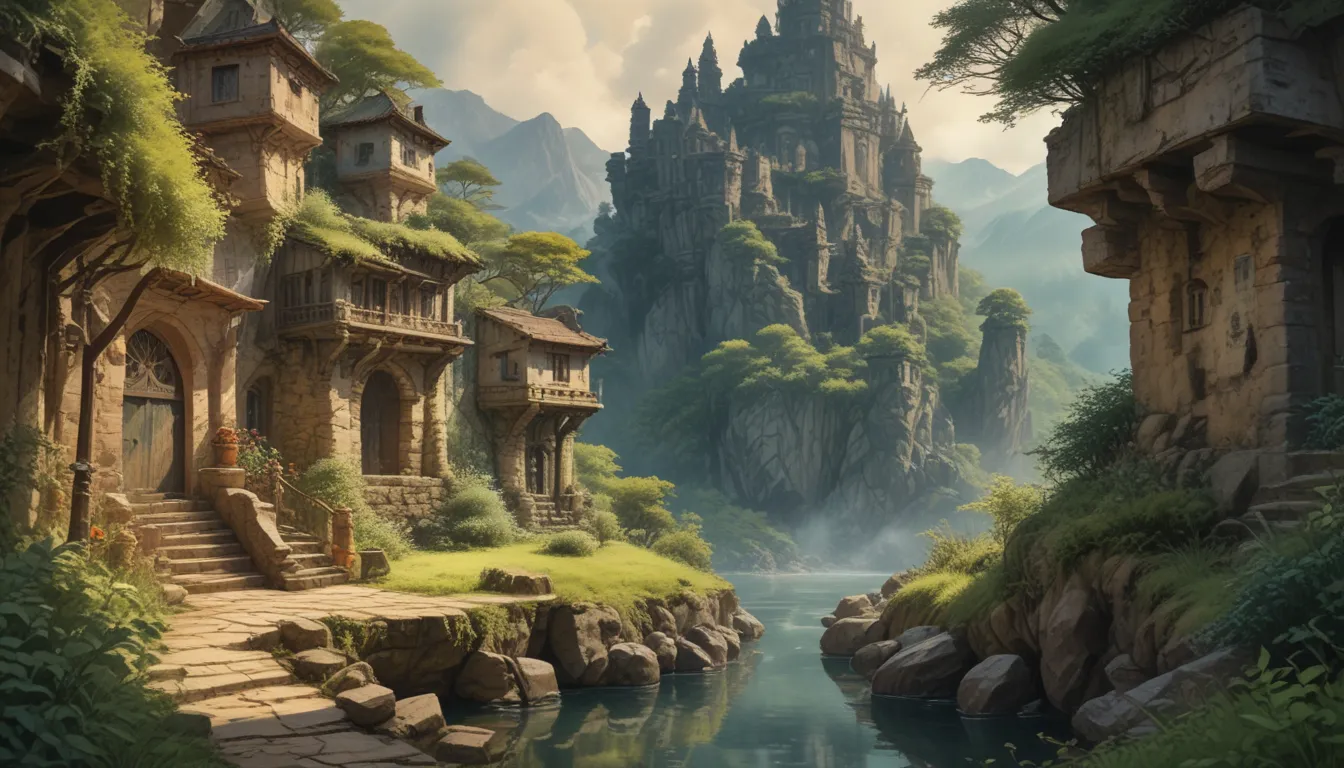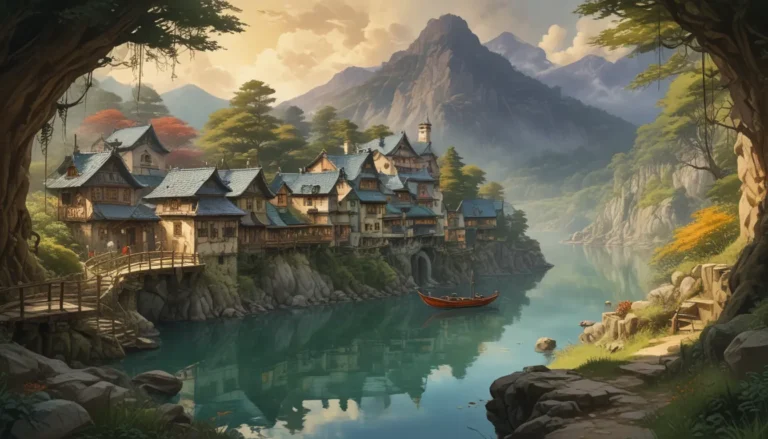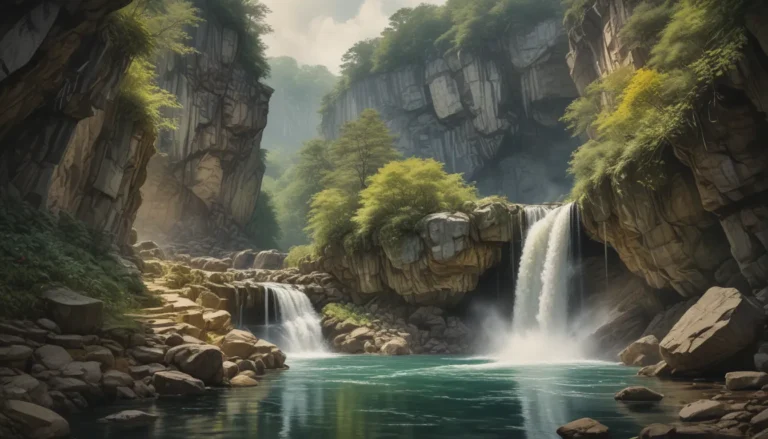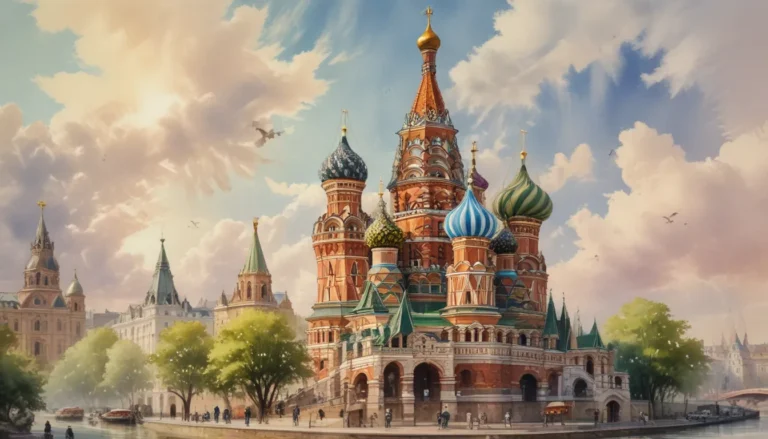The images in our articles are for illustrative purposes only and may not exactly match the content. They are intended to capture your interest and complement the text, not to replace it.
Welcome to a captivating journey through the ancient city of Merv in Turkmenistan. With a history dating back to the 3rd millennium BCE, Merv stands as one of the oldest continuously inhabited cities in the world. In this article, we will uncover 18 intriguing facts about Merv that shed light on its rich past, cultural significance, and architectural wonders. Whether you are a history buff, an avid traveler, or simply curious about the ancient world, Merv has stories that will leave you spellbound and eager to learn more.
Discovering the Marvels of Merv
Merv, nestled along the Silk Road, was a bustling metropolis and a vital oasis for traders for centuries. With a peak population exceeding 500,000, it flourished as one of the largest and most prosperous cities globally. Designated as a UNESCO World Heritage Site, Merv’s ruins spanning 120 square kilometers showcase a blend of cultural influences, exquisite craftsmanship, and the enduring legacy of human civilization.
Unraveling the History of Merv
The city has stood for over 4,000 years, tracing its origins back to the Bronze Age. During the Islamic Golden Age, Merv blossomed as a hub of learning and scholarship, attracting renowned scholars who made significant contributions to various fields. Throughout its history, Merv was conquered and ruled by diverse empires, from the Achaemenid Empire to the Mongols, each leaving a mark on its cultural landscape.
Merv: A Jewel of Trade and Architecture
As a crucial trade center at the crossroads of major trade routes, Merv facilitated the exchange of goods between East and West. Its architectural splendor, adorned with majestic palaces, mosques, and fortifications, reflects the grandeur of its inhabitants. The city’s ingenious irrigation system, featuring canals and qanats, sustained its agricultural productivity in the arid environment.
The Rise and Fall of Merv
The infamous Genghis Khan sacked Merv in 1221, leading to its near-destruction and a decline in significance. Despite its decline in the 13th century due to shifting trade routes, Merv remains a subject of fascination for archaeologists and historians, offering a glimpse into a bygone era. Its strategic location made it a coveted prize for empires seeking dominance in the region.
Legendary Legacy of Merv
Merv’s cultural heritage showcases a fusion of diverse influences from Persian, Arab, and Turkic civilizations, creating a unique tapestry of traditions. The city’s ruins, spanning an extensive area, encompass multiple ancient cities and landmarks that bear witness to the passage of time and the resilience of human civilization. Artifacts such as ceramics, metalwork, and textiles stand as testaments to the skilled craftsmanship and artistic flair of the region.
Merv: A Timeless Reminder of Human Civilization
Visiting Merv evokes reflections on the transience of power and the enduring legacy of human civilization. Its ancient remnants serve as a poignant reminder of the rise and fall of empires, urging us to preserve our shared history. Whether you are an avid explorer or a curious history buff, Merv’s landmarks offer a remarkable journey back in time, leaving an indelible mark on all who venture into its storied past.
Ready to Explore Merv?
Merv beckons with its captivating history, architectural wonders, and cultural significance. From ancient structures to enduring legacies, Merv promises a unique experience for visitors seeking to immerse themselves in an ancient world. Whether you are a seasoned traveler or a casual adventurer, Merv’s allure and charm will leave you awe-struck. So, pack your bags and embark on a journey to unravel the mysteries of this ancient city.
Frequently Asked Questions
Q: What makes Merv significant?
A: Merv holds immense historical and cultural importance as a major city along the Silk Road and capital of various empires, flourishing as a center of trade, religion, and intellectual pursuits.
Q: How old are the landmarks in Merv?
A: The landmarks in Merv span various periods of history, with some structures dating back to the 3rd millennium BCE.
Q: Can I visit Merv independently?
A: Yes, visitors can explore Merv independently, though hiring a local guide is recommended to fully appreciate the historical significance of each landmark.
Q: Are the landmarks well-preserved in Merv?
A: Many of Merv’s landmarks are exceptionally well-preserved, offering visitors a glimpse into the city’s grandeur from centuries past.
Q: Are there restrictions when visiting Merv?
A: Some areas within Merv may have restricted access due to ongoing archaeological excavations. Visitors are advised to check with local authorities or guides before exploring.
Q: Can I take photographs at Merv’s landmarks?
A: Photography is generally allowed at Merv’s landmarks, though certain areas may have restrictions. Visitors should seek permission before capturing images.
Exploring the Enchanting World of Merv
Merv’s captivating history and enduring legacy continue to inspire curiosity and awe among history enthusiasts. For those eager to learn more about this ancient city, delve deeper into its astounding past and remarkable landmarks. Embark on a journey through time and immerse yourself in the wonders of Merv’s ancient world.






